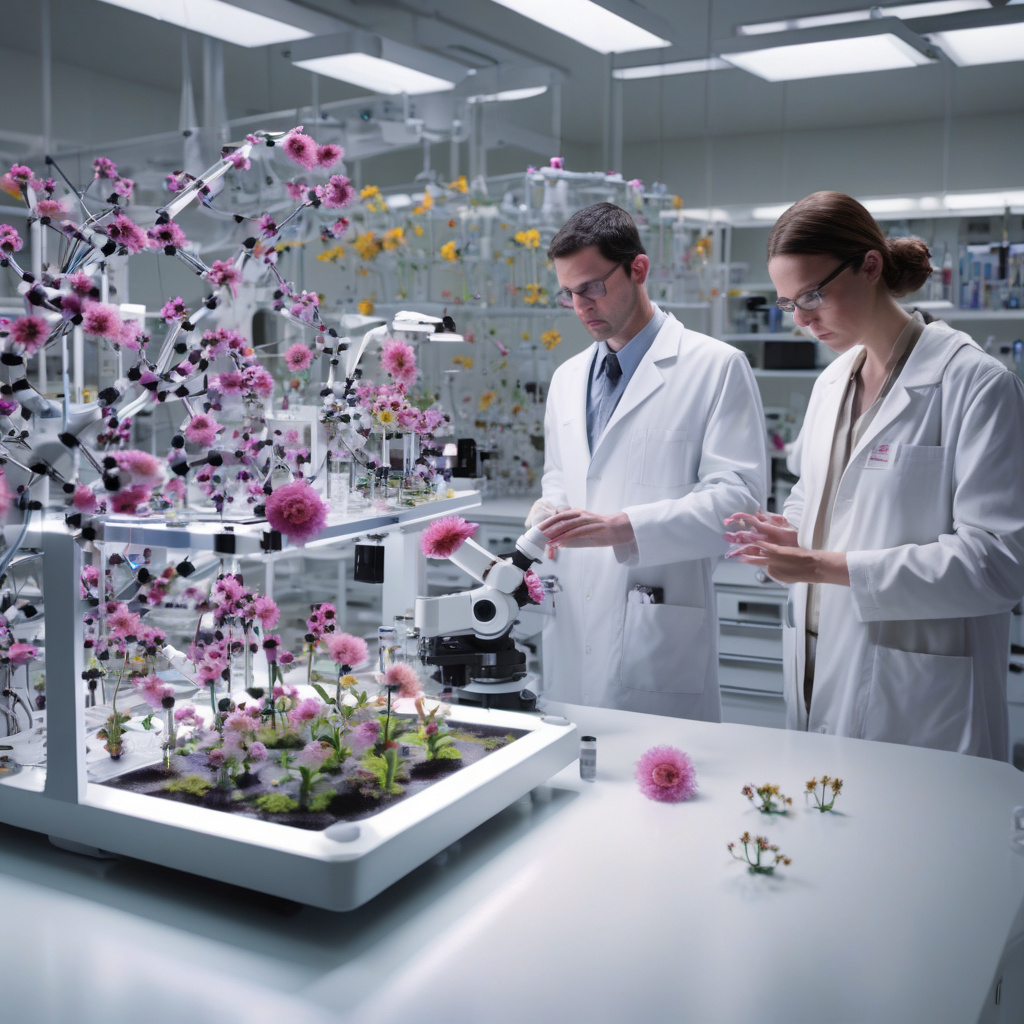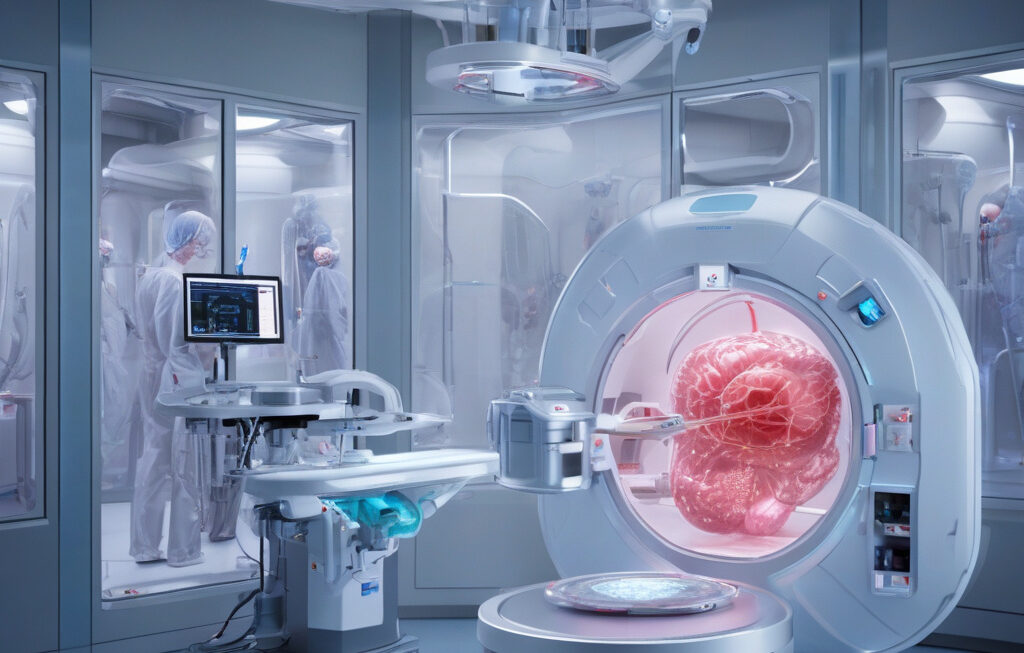US Scientists Create Tiny ‘DNA Flower’ Robots That Could Deliver Drugs Inside Body
In an innovative fusion of biology and nanotechnology, scientists at the University of North Carolina have developed tiny ‘DNA flower’ robots with the potential to revolutionize drug delivery systems. These minuscule robots, inspired by the intricate beauty of flowers, are designed to navigate the complex terrain of the human body and deliver medication with unprecedented precision.
The DNA flower robots are constructed from a combination of DNA origami and nanoparticles, allowing them to fold and unfold with remarkable flexibility. This structural versatility enables the robots to change shape in response to environmental cues, such as specific biomarkers or cellular signals, making them highly adaptable and targeted in their drug delivery approach.
One of the key advantages of these DNA flower robots is their ability to carry multiple payloads simultaneously. By loading different drugs onto distinct petals of the ‘flower,’ scientists can create customized combinations of medications tailored to individual patient needs. This targeted approach not only enhances the efficacy of treatment but also minimizes side effects by delivering drugs directly to the affected site.
Moreover, the autonomous nature of the DNA flower robots sets them apart from traditional drug delivery methods. Once inside the body, these robots can navigate through the bloodstream, overcome biological barriers, and precisely release their cargo at the intended destination. This level of precision and control holds immense promise for treating a wide range of diseases, including cancer, inflammation, and neurological disorders.
The potential applications of these DNA flower robots extend beyond drug delivery. Researchers envision using them for diagnostic purposes, such as detecting specific biomarkers or imaging internal tissues with unprecedented resolution. By leveraging the unique properties of DNA origami and nanoparticles, scientists are pushing the boundaries of what is possible in the field of nanomedicine.
While the development of DNA flower robots represents a significant leap forward in biomedical technology, challenges remain in translating this innovation from the lab to clinical settings. Issues such as scalability, biocompatibility, and safety must be carefully addressed to ensure the viability and effectiveness of these robots in real-world applications.
As scientists continue to refine and optimize the design of DNA flower robots, the future of targeted drug delivery looks increasingly promising. By harnessing the power of nanotechnology and biological engineering, researchers are paving the way for a new era of personalized medicine, where treatments are tailored to the unique needs of each patient.
In conclusion, the creation of tiny ‘DNA flower’ robots by US scientists marks a groundbreaking achievement in the field of nanomedicine. With the potential to deliver drugs with unprecedented precision and efficiency, these robots hold immense promise for revolutionizing healthcare and improving patient outcomes.
DNA, Flower, Robots, Drug Delivery, Nanotechnology












